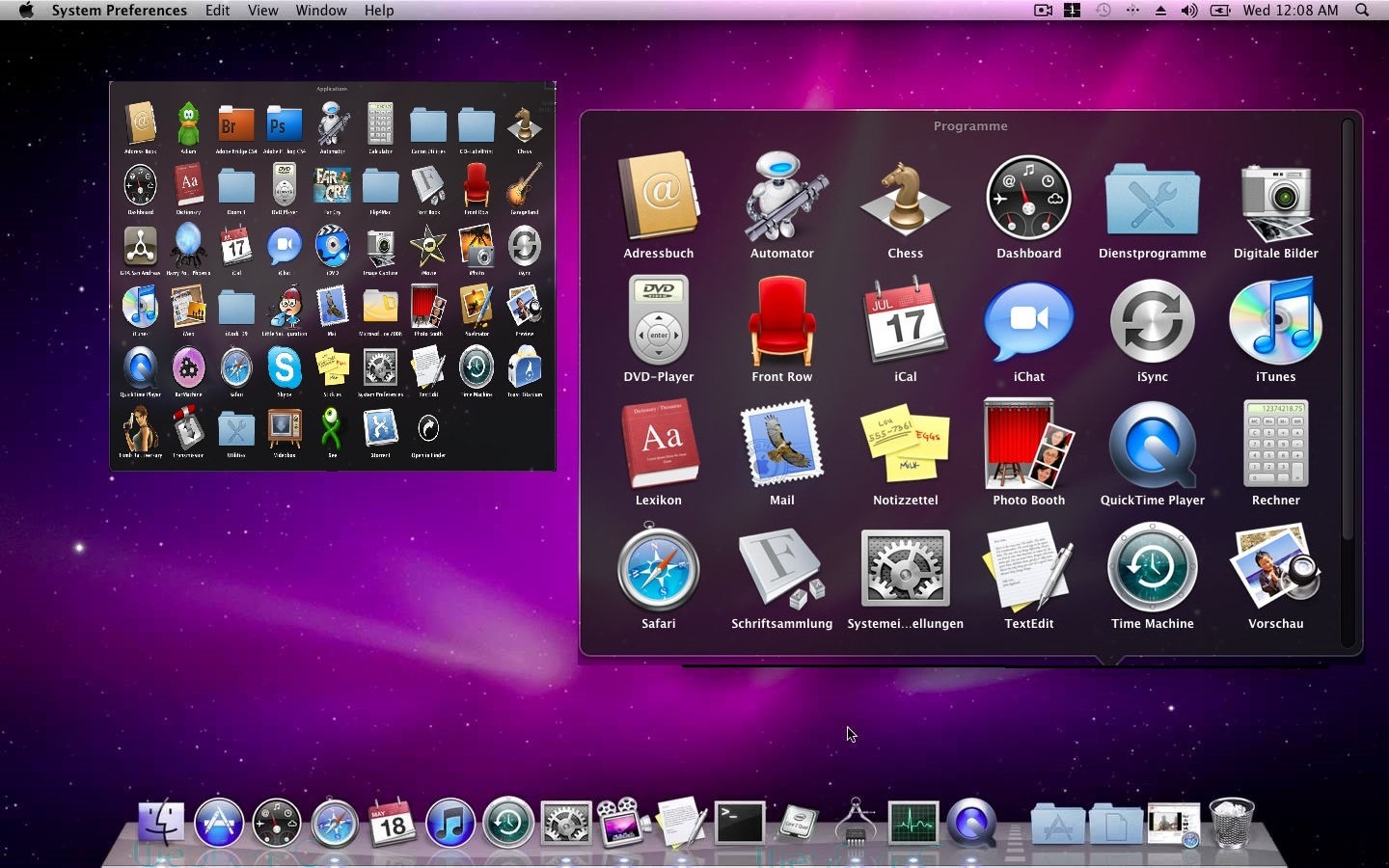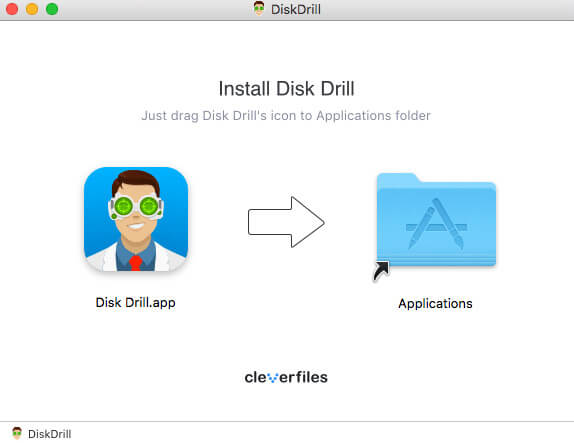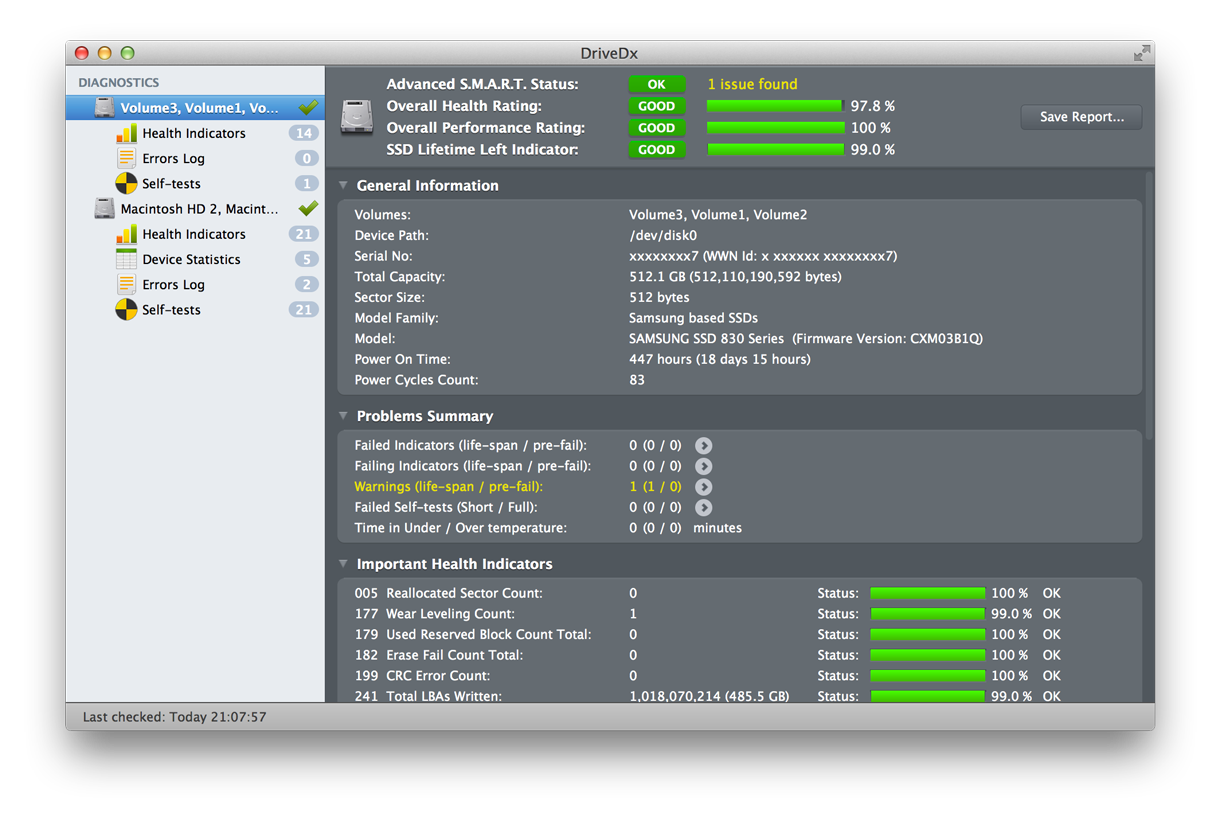Losing the data on your Mac will be a big problem as it could have some important files and emails that you need. If you want to retrieve the lost data immediately then you will be able to use Data Recovery Software Mac free. download full version. Some of the MacBook pro hard drive recovery software will be able to retrieve all the data without any loss. Mac free any data recovery are free and can be used very easily.
High-speed deep scans. Free to download. EaseUS Data Recovery Wizard. The EaseUS Data Recovery Wizard is amongst the finest free data recovery tools for Mac Users. With this software, users can recover data from the discharged trash bins and recover all files on Mac notebooks/desktops/hard drives. Open Disk Utility. In general, you can just open Disk Utility from the Utilities folder of your Applications folder. However, if your Mac doesn't start up all the way, or you want to repair the disk your Mac starts up from, open Disk Utility from macOS Recovery: Apple silicon: Turn on your Mac and continue to press and hold the power button.
Related:
Disk Drill
This software is available in free version and premium based on what your requirement is. You will be able to recover any type of data whether it is a document, media files or videos. Recovery can be done for certain files or the whole partition as well and external USB and camera cards could also be accessed.
EaseUS Data Recovery
This free software can be used on the Mac platform to recover the data that was lost. It is easy to restore files such as videos, documents, photos, emails and music from all Mac devices as well as external hard disks, SD cards, memory cards, MP3 players, etc. It can easily retrieve the data that was deleted even from trash and due to other problems like virus attack, formatting, software crash, etc.
Lazesoft Mac Data Recovery
This free software can be used to restore the data that was lost from Mac devices. You will be able to recover unlimited data that could have any format like FAT, NTFS, EXFAT, etc. as well as other files. It can recover the data from other mountable devices like hard disk and portable memory devices too.
Stellar Phoenix Mac Data Recovery
This premium software can be used to completely recover data that was lost from Mac OS X due to any logical disk errors. Smooth recovery is possible and it will be able to support Time Machine backup of the Hard Drive Recovery. RAW files and encrypted system files could also be recovered from any Mac device.


MiniTool Mac Data Recovery
Computer Disk Repair Free
This premium version is used to recover any media file, emails or documents that were lost from Mac devices. Filters can be used to filter out all the files that are not need using the file name, size, extension or other attributes. It can recover the data that was lost due to any cause.
Prosoft-Data Rescue
This premium software can be used to recover those files that are missing or has been deleted. Files that were lost due to reformatting, non-mounting issues, drivers crashing, corrupting or erasing can also be recovered.
Do Your Data Recovery
This freeware can be used for Mac Data Recovery to completely recover all the data that was lost from the hard drive. It facilitates easy recovery and also supports the retrieval of data that was lost due to virus infection.
Most Popular Hard Drive Recovery – M3 Data Recovery
This free software will be able to perform safe and complete recovery of virus-free Mac data. It is compatible on all Mac platforms and can support files of many different formats.
How to install Mac Hard Drive Recovery?
There are many free version for this software available online which can be downloaded after going through the system requirements. The file has to be downloaded using the link and the readme text can be read for all the installation instructions. Once the installation file is opened, it could be easily saved to the desired location by following the instructions that are prompted on the screen. If it is a premium version, then the login credentials should be bought from the manufacturer.

This software can be used to recover all the data that was lost. The hard drive can be scanned and all the files could be reviewed before it could be saved. It will only read the files and does not cause any damage to the device or the data.
Related Posts
Macs are generally known for being very dependable machines that produce little bugs, have a secure sandboxed space to fight off any intrusions (especially so since macOS 10.15 Catalina), and usually present minimum problems for the whole duration of their ownership.
However, occasionally, Macs do allow clashing processes to result in bugs, accumulate too much cache files from resource-intensive apps, and even let in a rare piece of malware if you’ve given it your admin access credentials (please don’t do it).
So there might be a time when you think that your Mac is not the same as it used to be and you probably want to queue a Mac reinstall OS process to start anew. To do that, you need to launch the Mac Recovery Mode.
What’s Mac Recovery Mode?
Chances are you might’ve never even used your Recovery Mode Mac feature before. So what is it?
Recovery Mode is an essential part of macOS utilities and lets you get out of precarious situations when your Mac is seriously stuck or some process is invading your system so much that regular Mac restarting doesn’t seem to help. A thing to do then is to boot Mac in Recovery Mode, which only allows for a few core features to operate.
In such system restore Mac environment, you’re able to:
Restore from Time Machine backup
Reinstall macOS
Get help online (browse Apple’s documentation)
Disk Utility (repair or erase your hard drive)
The natural thing to try and do if you see that your Mac is not working as expected is to go ahead and reinstall OS X. But before you proceed with the Mac system restore process, let’s see if you can fix your Mac using more accessible tools.
How to optimize your Mac the easy way
You can think about the Mac reinstall OS procedure as some heavy artillery you have at your disposal but that’s reserved for true emergencies. For most situations — Mac slowing down, files piling up, and apps spreading leftovers — a good Mac optimization software should be more than enough.
CleanMyMac X is just the kind of a powerful app that’s able to keep your Mac clean, fast, and secure in no time. It presents you with an easy-to-use toolkit and gives you access to complex operations at the click of a button. For example, you can delete all the duplicate Mail attachments, empty all the Trash bins at once, shred sensitive documents without leaving a trace, run maintenance scripts, flush DNS cache, repair disk permissions, and so much more.
Using CleanMyMac X is as intuitive as it can be:
To speed up your Mac, head to the Maintenance tab under Speed
Select Free Up RAM, Run Maintenance Scripts, Speed Up Mail, Reindex Spotlight, and anything else you find interesting
Click Run
How to boot Mac in Recovery Mode
In some rare circumstances, your Mac might become seriously unresponsive, in which case you need to know how to reinstall Mac OS X to pretty much return all system processes back to their default settings.
Another important time to do a Mac reinstall OS is when you’re planning to sell your Mac and want to wipe out all your data completely or perhaps you’ve bought a Mac with someone else’s stuff on it.
In both situations, the process for going into the Recovery Mode Mac feature is the same:
Turn off your Mac and start it back up while holding ⌘ + R
The Recovery Mode Mac menu will open. You can then choose the appropriate course of action. If you experience some systemic problems, you can just choose to reinstall macOS. If you have a Time Machine backup available, choose that. If you’re about to sell your Mac, use Disk Utility to erase your hard drive first and then start your Mac with ⌘ + R again and reinstall OS X. Click here to know more about how to use time machine on mac.
Click Continue and follow the directions for the chosen option
How to install another version of macOS
When it comes to using the system restore Mac functionality, most of the time you’d just reinstall macOS you’ve had before. A lesser known trick is to use Mac Recovery Mode to install an older (or in fact the newer) version of the operating system.
So while you use ⌘ + R to go into Recovery Mode for the same macOS, you can use Option + ⌘ + R instead to install the latest compatible macOS or Shift + Option + ⌘ + R for the possibility to get the original macOS that your Mac was shipped with or the oldest available version after that.
Why would you ever need to run an old operating system? Mostly because you might find that some software you depend on is not yet compatible with the latest version of macOS.
How to connect to WiFi in Recovery Mode
Before you go into the Mac system restore environment, it’s good to check that your WiFi is stable and fast or, better yet, connect to a wired connection via Ethernet.
Free Disk Repair Software Mac Os X 10 0
Still, if your WiFi has broken down for one reason or another while you’re in Mac Recovery Mode, there’s a way out:
Find and click the WiFi icon in the menu bar
Select a WiFi network
Enter the password if needed and press Return
How to properly backup your Mac
:max_bytes(150000):strip_icc()/2selectthedrive-d74f6c6c83f3440eaf4e1aa5fbf78f4c.jpg)
Talking about your Mac malfunctioning and all the important macOS utilities that help you with its recovery, it’s impossible to skip the notion of conducting frequent backups — the only thing that stands between your sanity and losing all of your files in an accident. But backups are boring and not something most people would want to bother themselves with, so automation is key.
Get Backup Pro is the most flexible solution for keeping your files safe, regardless of what happens with your Mac. It offers you easy ways to synchronize your Mac with another device, to clone your hard drive to an external one, to establish a scheduled versioned backup routine, and even to do frequent incremental backups of the most important files. Even better, you can mix and match, and create multiple clones of the same files or break up your hard drive in different ways for extra security. A very small price to pay to be able to reinstall Mac OS without losing data at any time.
How to recover any Mac files quickly
You might not think about it right now, but it’s likely that at some points you’re going to lose some of your files. Maybe it’s because you’ve overwritten changes on the same document, you’ve accidentally deleted an important file, or your Mac just simply crashed. A robust backup solution would be your first go-to, but what do you do if you need the last version of the document that hasn’t yet been saved anywhere?
Disk Drill is an essential Mac recovery app that can quickly scan your affected hard drive and extract all the recently deleted information in seconds:
Open Disk Drill and wait for it to display all the connected drives
Click Recover next to the hard drive with deleted files and follow the guide
Note: Even though Disk Drill is able to recover old files in most circumstances, it shouldn’t replace your comprehensive backup strategy. Think of Disk Drill as an uber-important tool of last resort.

Here you go, now you know how to reinstall Mac OS X, speed up your Mac with CleanMyMac X, do proper backups with Get Backup Pro, and even recover lost files with Disk Drill.
Best of all, you can try CleanMyMac X, Get Backup Pro, and Disk Drill absolutely free for seven days via Setapp, a platform with more than 170 cool macOS utilities and apps that make your days 10x more productive and fun. Download them all at no cost today and see for yourself!